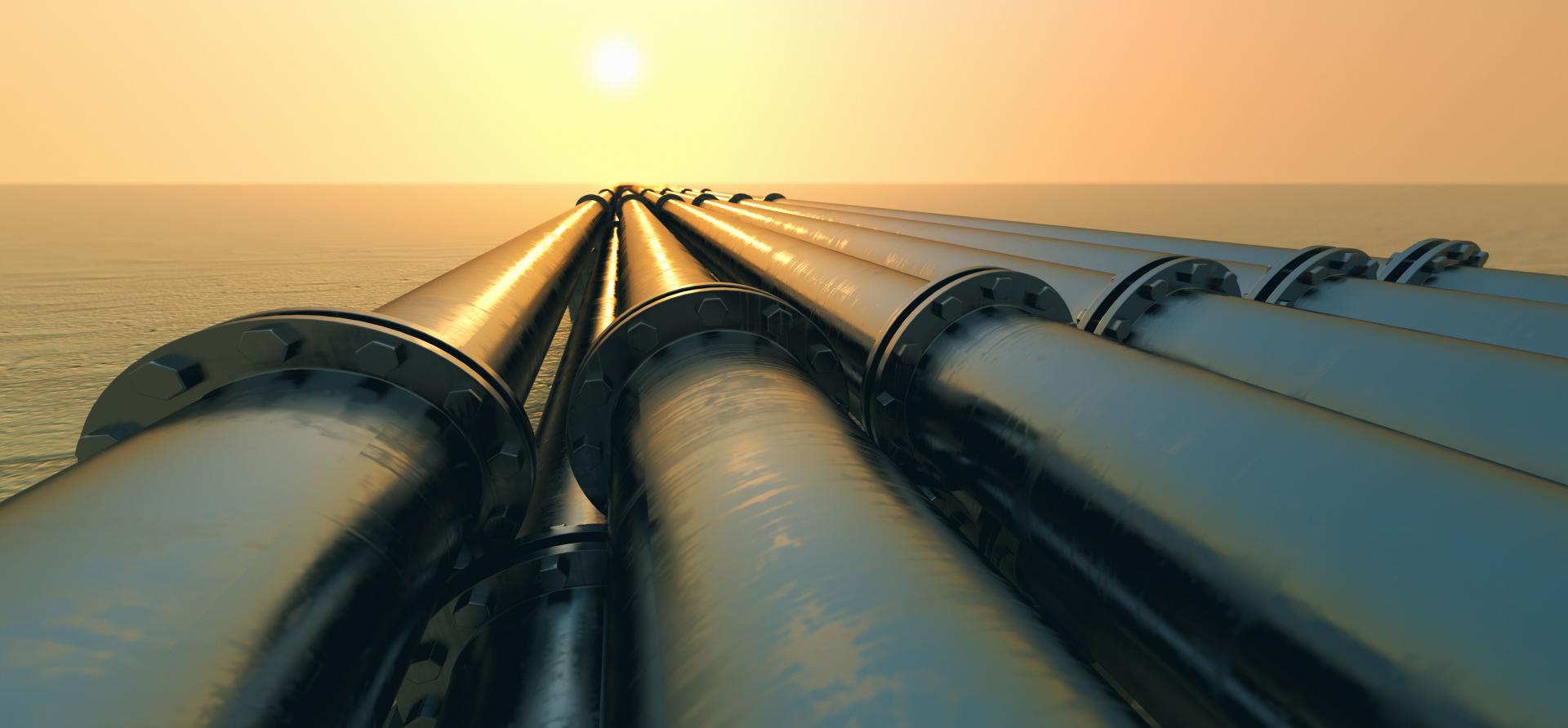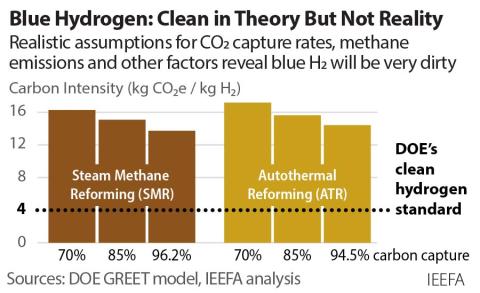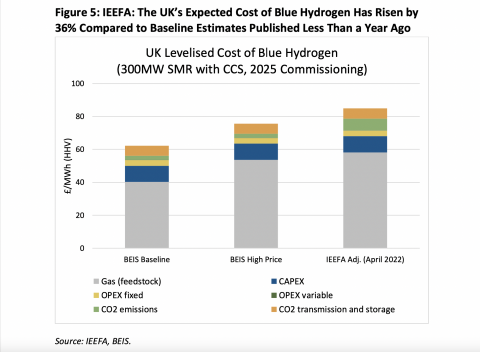DOE and Hydrogen Hub Decisions: First, do no harm

Key Findings
The U.S. Department of Energy (DOE) is under pressure to sink billions of dollars of taxpayer money into blue hydrogen, made from fossil fuels.
IEEFA’s new report, Blue Hydrogen: Not clean, not low carbon, not a solution, documents the stark fact that blue hydrogen from natural gas will not meet the definition of clean hydrogen and likely will increase greenhouse gas emissions.
Rushing to fund costly blue hydrogen projects that will emit greenhouse gases like methane and hydrogen for decades would be a poor idea.
The U.S. Department of Energy (DOE) is under pressure to sink billions of dollars of taxpayer money into blue hydrogen, made from fossil fuels.
Much of the pressure comes from a congressional mandate to spend $8 billion to develop regional hydrogen hubs (H2Hubs) around the country that will include some projects proposing to produce hydrogen from fossil fuels. Some of the pressure comes from the fossil fuel industry, seeking a new market for its products as renewable energy cuts into its demand growth. Some pressure also comes from government officials who argue fossil-fuel based hydrogen can be made clean.
The DOE, however, must ignore the hype and take a hard look at the facts. In its efforts to address climate change, it must not take actions that will make the problem worse. First and foremost, DOE should do no harm.
DOE is expected soon to announce selections of applicants for federal funding to establish the regional H2Hubs—defined by the Infrastructure Investment and Jobs Act, also known as the Bipartisan Infrastructure Act (BIL). The projects included in the H2Hubs are supposed to produce what is termed “clean hydrogen” through processes that emit no more than 4 kilograms of carbon dioxide equivalent (CO2e) per kilogram of hydrogen produced, according to the 2021 Inflation Reduction Act and the DOE.
But IEEFA’s new report, Blue Hydrogen: Not clean, not low carbon, not a solution, documents the stark fact that blue hydrogen from natural gas will not meet the definition of clean hydrogen and likely will increase greenhouse gas emissions.
Hydrogen can be produced in a number of ways. Green hydrogen involves splitting water molecules to generate hydrogen and oxygen through electrolysis powered by renewable energy. Blue hydrogen, which relies on fossil fuels, is produced by putting methane (usually from natural gas), steam, and air or pure oxygen through a set of chemical reactions that produce hydrogen and carbon dioxide (CO2). The blue hydrogen industry claims it can capture and store the CO2 gas to prevent it from entering the atmosphere.
IEEFA found that the model used by DOE to calculate whether a blue hydrogen will be clean is based on a set of extremely favorable assumptions:
- It assumes an unrealistically low upstream methane leakage rate;
- It restricts the analysis to a 100-year timeframe, even though methane emissions have their highest global warming impacts in the first 20 years;
- It relies on an overly optimistic assumption that future technologies will be much more effective at capturing carbon dioxide than past efforts.
- Also, it completely ignores the downstream emissions and global warming potential associated with hydrogen—a potent, if indirect, greenhouse gas.
Using assumptions that better reflect real world conditions, IEEFA’s analyses with the DOE model show that blue hydrogen fails the clean test, badly.
The DOE publication, Pathways to Commercial Liftoff, projects that methane-based hydrogen would account for up 50% of the future hydrogen market, and possibly as much as 80%. That’s a lot of dirty hydrogen.
Although the BIL instructs DOE to promote feedstock diversity, the statute also mandates, at 42 U.S.C. §16161a, that DOE achieve this feedstock diversity “to the maximum extent practicable.” The language gives the agency authority to reject projects that are highly likely to fail.
DOE has a choice. It can rush into approving blue hydrogen projects that rely on a set of overly optimistic assumptions, including unproven carbon capture technologies that have not yet been tested at full commercial-scale. Or it can take its time to investigate what will happen if the future does not precisely follow the extremely optimistic set of assumptions reflected in its modeling efforts to date.
We have to act now to address climate change. But rushing to fund costly blue hydrogen projects that will emit greenhouse gases like methane and hydrogen for decades, which risks accelerating global warming, would be the wrong move. DOE should take the time to take a hard look at the issues.
It should first ensure that its funding decisions will do no harm.


















